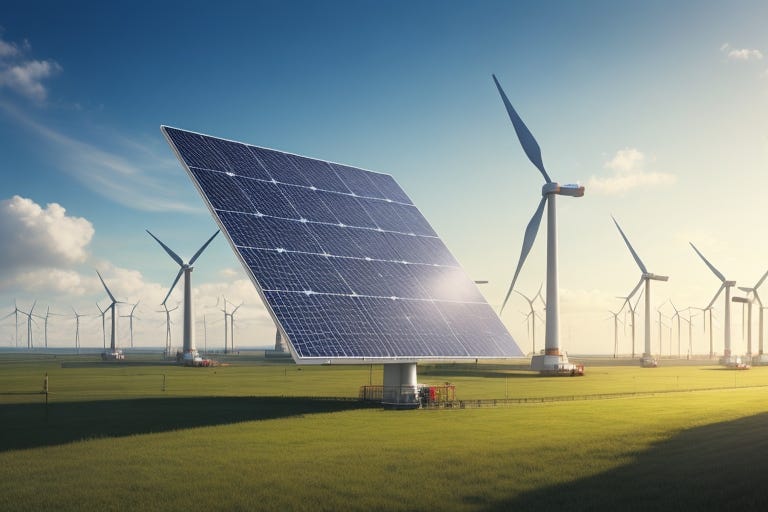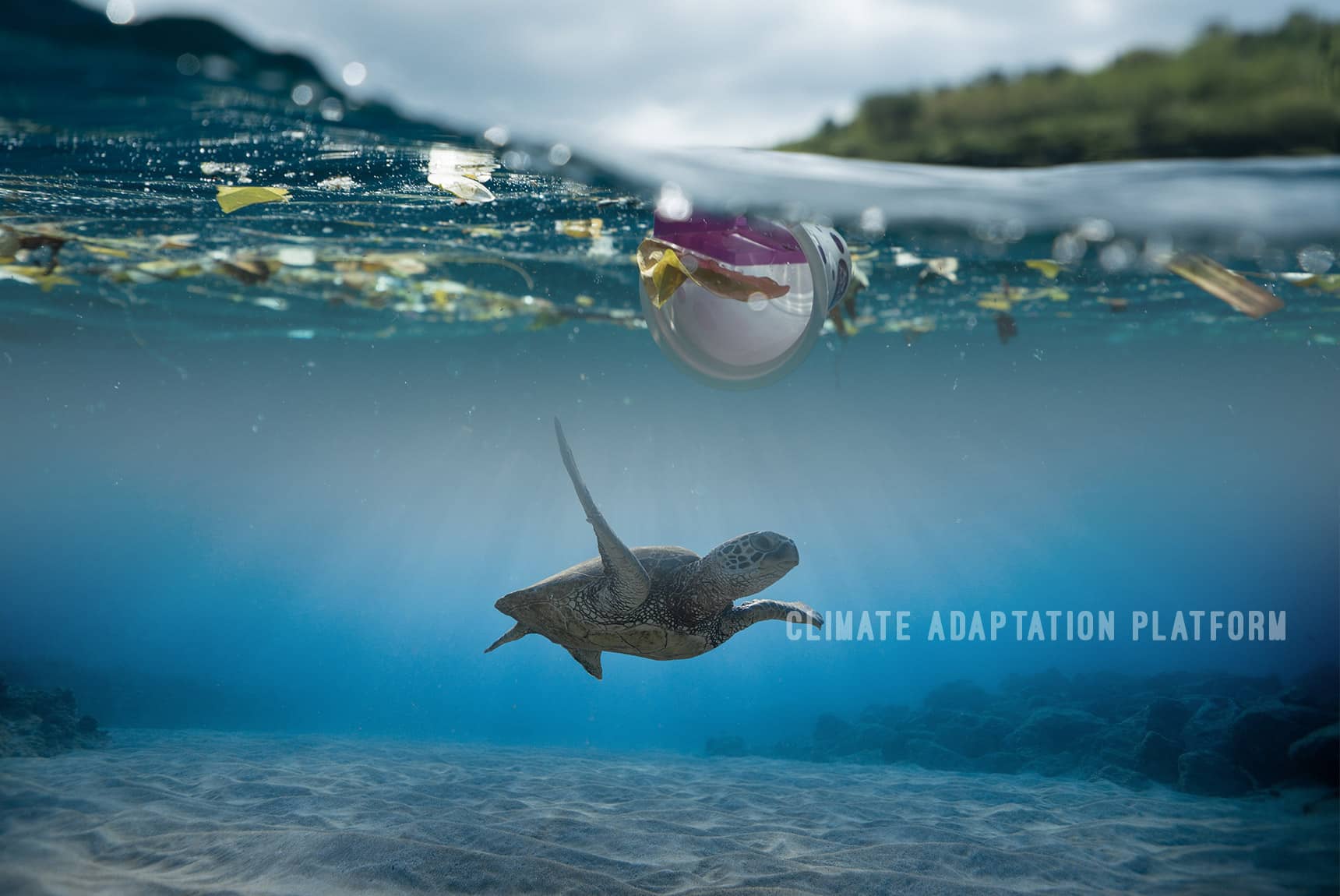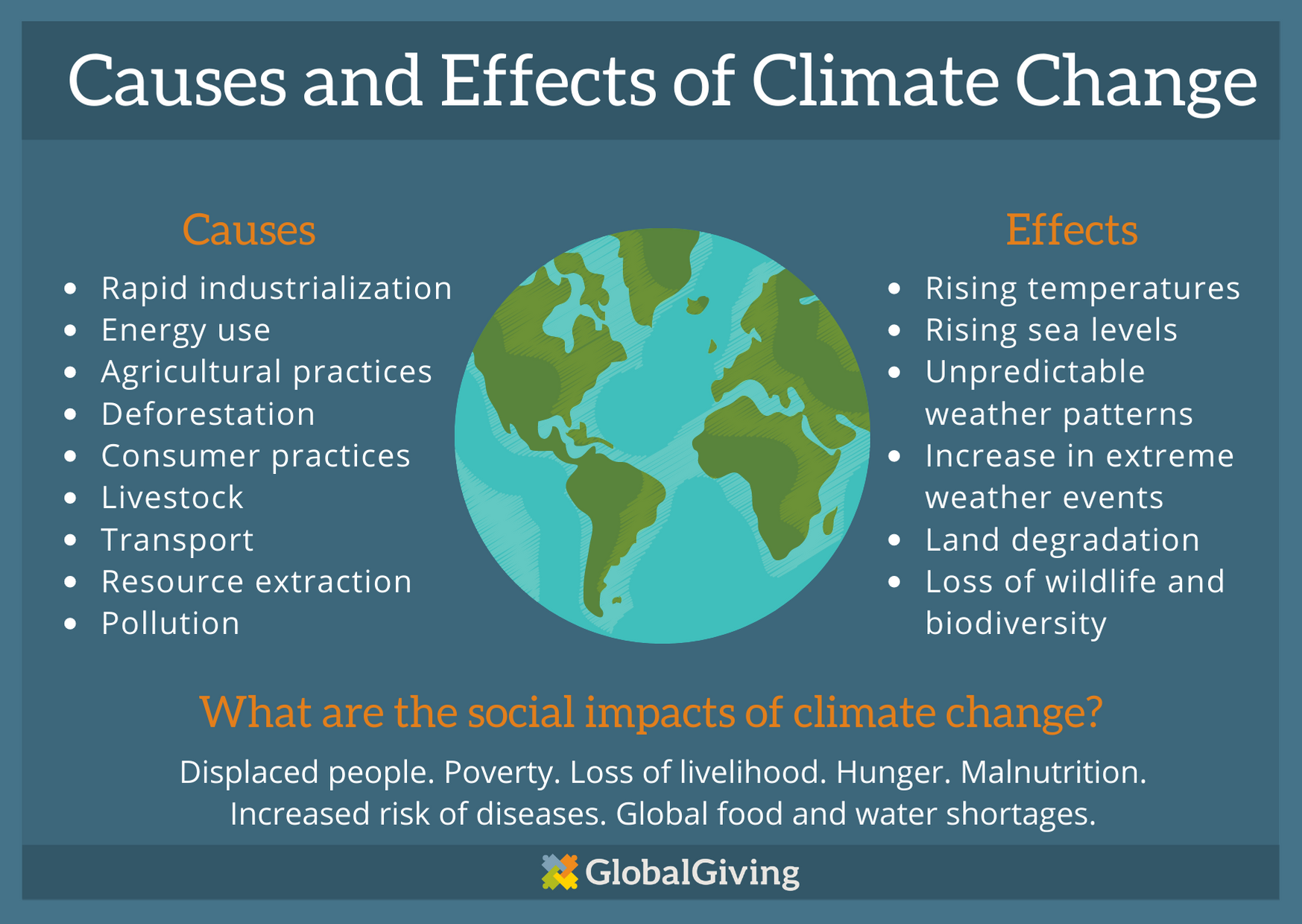The world is at a critical juncture in the fight against climate change. With rising global temperatures, melting ice caps, and extreme weather events becoming increasingly common, the need for sustainable and clean energy sources has never been more urgent. One of the most promising solutions on the horizon is wind energy, a technology that has been harnessed for centuries but is now being utilized on an unprecedented scale to mitigate the effects of climate change.
In this blog post, we will delve into the world of wind energy, exploring its history, benefits, challenges, and its pivotal role in reducing carbon emissions and fostering a more sustainable future for our planet.
A Brief History of Wind Energy
Wind energy is not a new concept. Humans have been harnessing the power of the wind for thousands of years, from windmills used to grind grain in ancient Persia to sailboats that navigated the seas. However, it wasn’t until the late 19th century that wind energy was first used to generate electricity. The invention of the wind turbine marked the beginning of a new era in renewable energy production.
The Modern Wind Turbine
Modern wind turbines are a far cry from the traditional windmills of the past. These sleek and towering structures are designed to capture the kinetic energy of the wind and convert it into electricity. They consist of three main components:
Rotor Blades: The rotor blades, usually three in number, are connected to the hub and are designed to capture the wind’s kinetic energy.
Generator: The kinetic energy captured by the rotor blades is transferred to a generator, which converts it into electrical energy.
Tower: The turbine is mounted on a tall tower to capture the stronger and more consistent winds found at higher altitudes.
The power generated by these turbines can be used to supply electricity to homes, businesses, and even entire communities, making wind energy an essential part of the global shift towards renewable energy sources.
The Benefits of Wind Energy
- Clean and Renewable
Wind energy is entirely clean and renewable. Unlike fossil fuels, which emit harmful greenhouse gases when burned, wind turbines generate electricity without producing any air pollution or carbon emissions. This makes wind energy a vital tool in the fight against climate change. - Abundant Resource
The wind is an abundant resource that can be harnessed in almost every corner of the globe. Whether onshore or offshore, wind turbines can be strategically placed in areas with consistent wind patterns, ensuring a reliable source of energy. - Job Creation
The wind energy industry is a significant source of job creation. From manufacturing and installation to maintenance and operation, wind farms provide employment opportunities in both rural and urban areas. - Energy Independence
By diversifying their energy sources with wind power, countries can reduce their reliance on imported fossil fuels, enhancing energy security and independence. - Low Operating Costs
Once wind turbines are installed, their operating and maintenance costs are relatively low. This makes wind energy an economically attractive option over the long term.
Wind Energy Challenges
While wind energy offers numerous advantages, it is not without its challenges:
- Intermittency
Wind is an intermittent energy source, meaning it doesn’t always blow consistently. This can pose challenges for maintaining a stable power supply. To address this, energy storage solutions, such as batteries, are being developed to store excess energy generated during windy periods for use when the wind is calm. - Land and Wildlife Impact
The installation of wind turbines can have an impact on local landscapes and wildlife habitats. Proper planning and siting are essential to minimize these effects and ensure responsible development. - Initial Costs
The upfront costs of manufacturing and installing wind turbines can be high. Governments and organizations are working to incentivize the adoption of wind energy through subsidies and tax credits.
Wind Energy’s Role in Mitigating Climate Change
The fight against climate change requires a multifaceted approach, and wind energy plays a crucial role in reducing carbon emissions. Here’s how:
- Carbon Emission Reduction
By replacing fossil fuels with wind energy, we can significantly reduce carbon emissions, which are the primary driver of global warming. - Transitioning to Clean Energy
Wind energy is a key component of the transition to clean and sustainable energy sources, helping us move away from fossil fuels that contribute to environmental degradation and air pollution. - Meeting Renewable Energy Targets
Many countries have set ambitious renewable energy targets as part of their commitment to combat climate change. Wind energy is a vital tool in achieving these goals. - Energy Grid Resilience
Distributed wind energy generation can enhance the resilience of energy grids by reducing the risk of centralized power failures caused by extreme weather events or cyberattacks.
The Future of Wind Energy
The future of wind energy looks promising. Advances in technology continue to drive down costs and improve the efficiency of wind turbines. Offshore wind farms, which harness the strong and consistent winds over the ocean, are becoming increasingly popular and cost-effective. As energy storage solutions improve, wind energy’s intermittency issues will also be mitigated.
In conclusion, wind energy represents a beacon of hope in the fight against climate change. Its clean, renewable, and abundant nature, combined with its job creation potential and contribution to energy independence, make it a critical component of a sustainable future. While challenges remain, ongoing research and innovation are paving the way for a world powered by the limitless energy of the wind.
As individuals, communities, and nations, we must continue to invest in and support the growth of wind energy to ensure a cleaner, healthier planet for future generations. The winds of change are blowing, and it’s time to harness nature’s power for the benefit of all.
Together, we can make a difference and turn the tide on climate change, one gust of wind at a time.





